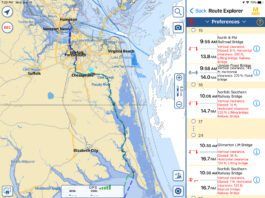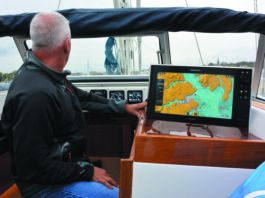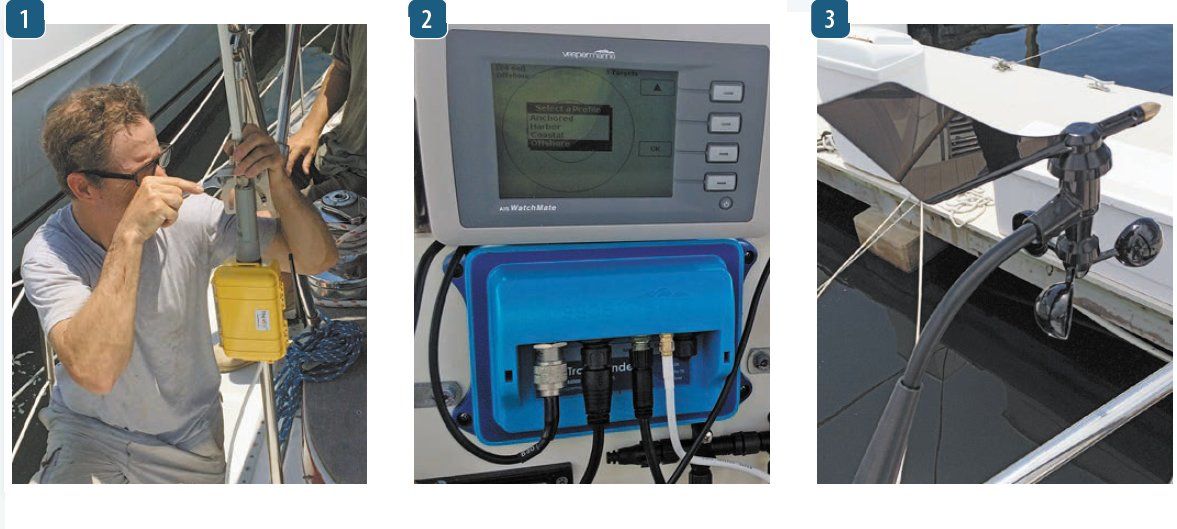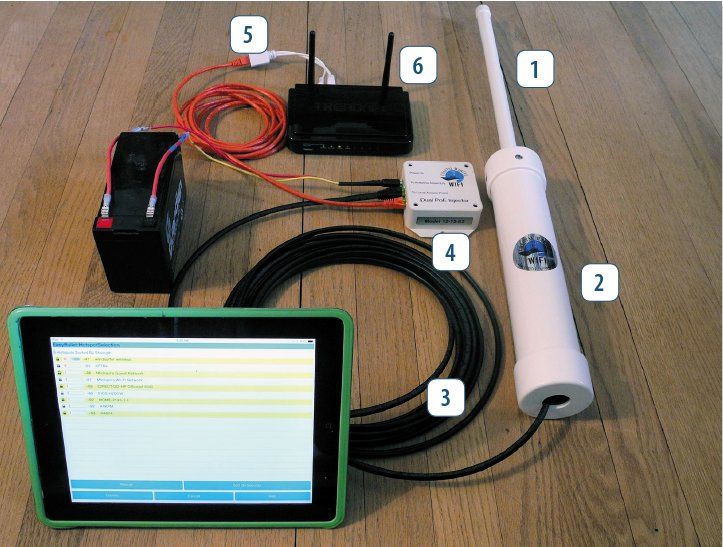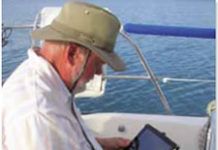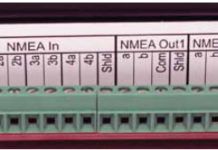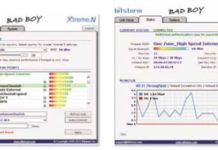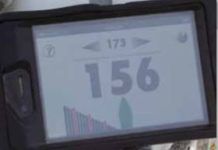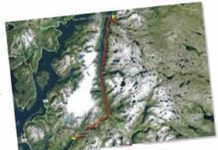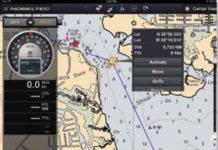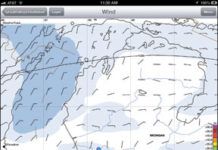Signal K and the Sailboat
For nearly 50 years, our boats electronics systems have operated according to standards developed through the National Marine Electronics Association (NMEA). Today, our onboard electronics communicate using either the older NMEA 0183 or the current NMEA 2000 data-the digital language that our marine devices speak. Sadly, this is not the same language that our personal electronics or the wireless Internet speaks-leaving the door effectively closed to app developers who might want to create new apps based on that data.
Playing with Cards
As we dug into the topic of electronic storage media-the memory cards we use for routine software updates on our marine electronics-we found that even the makers of our marine electronics were a little confused about which memory cards worked with their own systems. We soon realized that a data table indicating which cards worked with which electronics would be very handy. It was one of those easier-said-than-done enterprises that dragged on for weeks. Hopefully, our tables, compiled by PSs resident electronics expert, Bill Bishop, will be helpful as you dust off your chartplotter for the coming season.
Wireless Multiplexers
Before we plunge headfirst (again) into the world of multiplexers with this test report, heres a quick review of what exactly were talking about. If you have older instruments or a GPS networked to send information to other devices (a multi-function display, laptop, etc.), the information is likely in NMEA 0183 format and is sent in sentences in a set order. For example, the NMEA sentence $GPAAM,A,A,0.10,N,WPTNME*32 is an arrival alarm sentence sent by a GPS to various networked devices upon arrival at a waypoint.
A NMEA 2000-and Beyond-Survival Guide
NMEA 2000 (aka NMEA 2K or N2K) is the communication standard replacing NMEA 0183. It is a technical standard (IEC 61162-3) used for connecting marine sensors and display units within a boat. The major differences from NMEA 0183: NMEA 2K operates at 250 kilobits-per-second, about 100 times faster than the 4,800 baud of NMEA 0183.
An Experiment in Boosting Wi-Fi the DIY Way
In November 2010, Practical Sailor posted a Reader Workbench article written by subscriber Ed Mini of Mystic, Conn., on a do-it-yourself Wi-Fi booster/antenna assembled from parts ordered primarily from Data Alliance and Home Depot. The system did a good job of boosting the distance users could connect with onshore hotspots, and the cost was under $100, not counting labor. About a year later, PS tester Ron Dwelle decided to put together a similar system, but he used the components that commercial vendors use. Heres a rundown of his system, which has stood up well for three years.
The New Bad Boy
Since we last looked at onboard Wi-Fi antennas/boosters (PS, April 2010), there have been no notable newcomers to the field, but there have been some technological advancements, particularly by the Canadian company Bitstorm. In 2010, we favorably reviewed the Bitstorm unit, so we decided to check out the latest version of the device to evaluate the improvements. Testers put the 2014 Bitstorm Bad Boy into long-term testing during an extended cruise along the Florida Gulf Coast.
Performance Racing App for Sailors
Two racing sailors from Charleston, S.C., got together last spring to develop an economical alternative to electronic compass devices like the $340 to $500 Velocitek (PS, May and September 2011), the $460 to $735 Tacktick (PS, November 2009), and the $600 Sailcomp. The result? The Regatta Recon performance sailing app for Android and iOS devices.
Bad Elf GPS Pro Boosts iPad Nav Apps
Looking to add GPS functions to WiFi Apple devices or increase the GPS accuracy of a Bluetooth device? U.S. company Bad Elf created the GPS Pro, an external Bluetooth wireless GPS receiver and data logger, to simultaneously share GPS data with Bluetooth-capable i-devices, including the iPhone, iPod Touch, and iPad. It also can serve as a standalone data logger that allows you to record up to 100 hours of trip location data.
Test Driving New Nobeltec TZ
Nobeltec, a marine-navigation software developer based in the U.S., recently released a new chartplotting app for the iPad: Nobeltec TZ. We took it for a weeklong test cruise and found it to be a good basic nav program with some significant strengths, and some notable shortcomings.
Weather4D iPad App Review
As a followup to our April 2012 report on useful iPad apps for sailors, we recently sea-trialed the new Weather4D app, comparing it to the older WeatherTrack app. Both enable users to view GRIB weather files, but which one does it the best and which one offers the best value?
































